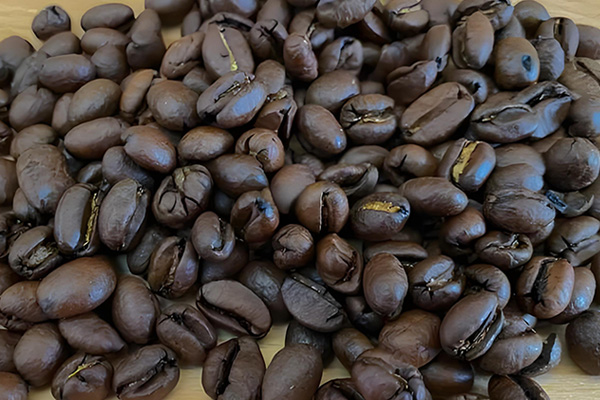The quality of the coffee beans themselves has a great impact on the taste. The screening and grading of coffee beans is usually based on the particle size. The larger the mesh number, the higher the grade. The mesh number of coffee beans generally ranges from 14 to 20. The larger the mesh number, the larger the particle size. Roasters, baristas and customers generally believe that coffee beans with larger particles are more mature, and have better flavor and taste. In actual operation, we usually use standard screens with vibrating screens to select beans to improve production efficiency.
There are three common coffee bean grading standards at present:
1. Grading by screen: Kenya, Colombia
The screen grading method is to grade by the size of coffee beans. Generally, except for special giant beans such as beans, small and medium-sized coffee beans are all excellent grades with mesh size of 17 or above. The highest grade Kenya AA+ coffee beans are screened out with mesh size of 18 or above. 80% of Colombian selected beans need mesh size of 17 or above.
2. Grading by the ratio of screen and defective beans: Jamaica, Ethiopia
Defective beans are an important factor in destroying the final coffee flavor. Therefore, defective beans must be removed in the last step of raw bean processing. Therefore, the ratio of defective beans, supplemented by the size of the screen, is also a grading method. Due to the rise of the boutique coffee trend, coffee producing countries pay more and more attention to the quality of coffee, and controlling defective beans is the most important way, so it is basically more and more common to use the ratio of defective beans as a grading method or auxiliary basis.
3. Grading by planting altitude and green bean hardness: Costa Rica, Honduras
Altitude: The highest grade is SHB: growing at an altitude of more than 1400m. And green beans with high maturity have good expansion during roasting, which is conducive to roasting and has more stable quality. Green bean hardness: At the same latitude and the same region, the higher the altitude, the greater the temperature difference between day and night, the longer the coffee growing period, and the harder the beans (which will make the coffee beans absorb more nutrients and the flavor substances more obvious).
The above are the more popular coffee grading methods at present, but not all. Choosing the right coffee bean screening equipment can improve production efficiency and achieve better economic value.